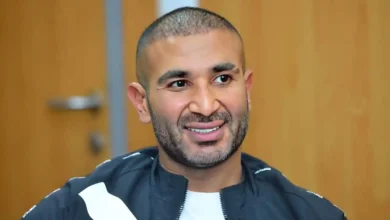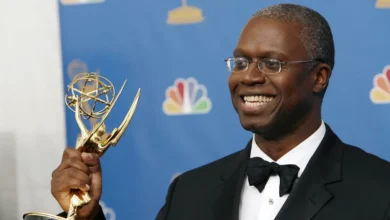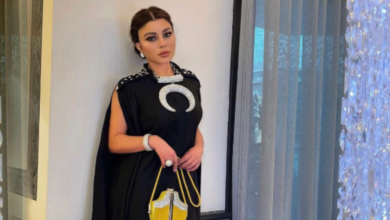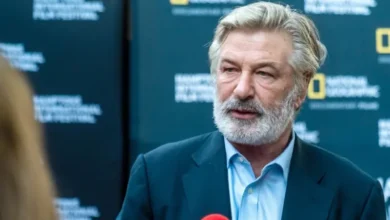Saudi Arabia football: Key takeaways from friendlies

Roberto Mancini began life as Saudi Arabia coach last month with successive friendly defeats and in the latest FIFA international break, there was little to celebrate for the Italian after a 2-2 draw against Nigeria and a chastening 3-1 defeat at the hands of Mali.
The Green Falcons’ poor recent form was extended into their two recent friendlies – both played in Portugal – and they now have seven defeats from their past eight games.
Mancini now has just a few short weeks to regroup before qualifying for the 2026 World Cup starts against Pakistan and Jordan in November.
Al Arabiya English explores three key takeaways from the former Manchester City and Inter Milan manager’s latest attempts to put his stamp on this Saudi side.
Experience still counts
Only five players from Mancini’s latest squad are over 30, with the average age of his starting XI against Nigeria being 26.6, indicating that he looks set to continue the work done by popular former coach Herve Renard in encouraging less reliance on Saudi Arabia’s veteran players.
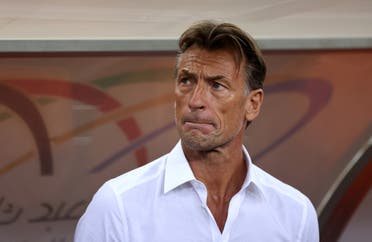
Al Ahli forward Firas al-Buraikan is well-established in the national team set-up now despite only being 23, while the likes of Al Hilal pair Abdullah al Hamdan (24) and Nasser al Dawsari (24), and Al Nassr defender Abdulelah al-Amri (26) look set to be the team’s mainstays for years to come.
Despite this, in both the friendlies, it was evident that Mancini’s Saudi Arabia would still rely on its experienced players for magic moments. It was 34-year-old Salman al Faraj who curled home the opening goal from a free-kick against Nigeria before the Green Falcons found themselves 2-1 down, heading into the 10th minute of stoppage time at the end of 90. Then, another experienced player – Al Hilal’s Mohammed Kanno – stepped up to snatch a late equalizer.
Against Mali, too, it was an old stager from Al Hilal who delivered Saudi Arabia’s most memorable contribution to an otherwise disappointing 3-1 defeat.
Who can forget Salem al-Dawsari’s stunning strike against Argentina at last year’s World Cup, which became one of the most iconic goals in the Green Falcons’ football history?
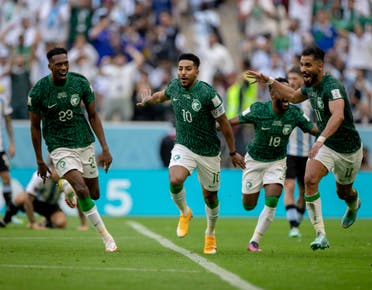
He conjured up another sensational effort on Tuesday, quite similar to his goal in Qatar, when he cut in from the left and curled into the far corner. Mancini may be trying to usher in a new era, but Saudi Arabia’s experienced players still clearly have plenty to offer.
Defensive issues continue to bother
Mancini was a colorful and flamboyant center-forward during his playing days, and since becoming a manager, many of the sides he has coached have been molded in his image – favoring an attacking approach.
This Saudi team certainly can play attractive football and demonstrated it often during the two friendlies in Portugal, with impressive phases of play across both matches. Mancini will not have too many worries about his side’s qualities moving forward with the ball.
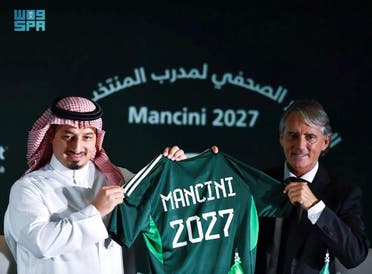
However, the Green Falcons are desperately in need of greater defensive discipline. While Mali was particularly ruthless in front of the goal, there were still too many chances offered up to the opposition.
The newfound profile of the Saudi League will bring Mancini hope as his defenders are now regularly playing against some of the best attacking players in the world.
Improvement is inevitable when they challenge themselves against the intelligent movement of stars like Cristiano Ronaldo, Sadio Mane and Karim Benzema.
Mancini at least has time on his side as neither Pakistan nor Jordan – beyond the latter’s Montpellier forward Mousa al-Taamari – are likely to offer up a substantial threat in the upcoming World Cup qualifiers, but making Saudi Arabia more watertight at the back is likely to be a key priority moving forward.
Where has the belief gone?
It seems hard to imagine that Saudi Arabia’s victory over eventual World Cup winners Argentina was less than a year ago – such has been the malaise of this team since then. It started with the embarrassing group-stage exit at the Gulf Cup in January, thanks to defeats at the hands of Iraq and Oman, which also permeated through to a series of friendly losses.
Former coach Herve Renard was always celebrated as a master motivator, but several of these disappointing results appeared under his watch. It is as if the Saudi players reached their zenith against Argentina in Qatar and felt they could go no higher. But one good result, which did not even lead to group stage progress, does not make a team and Mancini must reignite the belief and ambition of his players.
The upcoming World Cup qualifiers for a place in the finals in the US, Canada and Mexico in 2026 will need greater levels of motivation. Most importantly for Mancini, his players must be in the right frame of mind to compete for the AFC Asian Cup trophy in January.
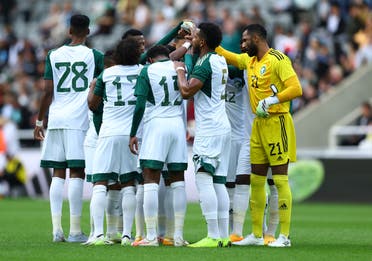
Given how dominant Saudi clubs have been in the AFC Champions League, it is remarkable that the Green Falcons haven’t been continental champions since a penalty shootout victory over hosts UAE in 1996 or even gone beyond the quarter-finals since 2007.
Mancini has long had a reputation for inspiring his teams at the critical times of matches and seasons. It is imperative that he is able to do it again if Saudi Arabia is to rediscover its competitiveness.


